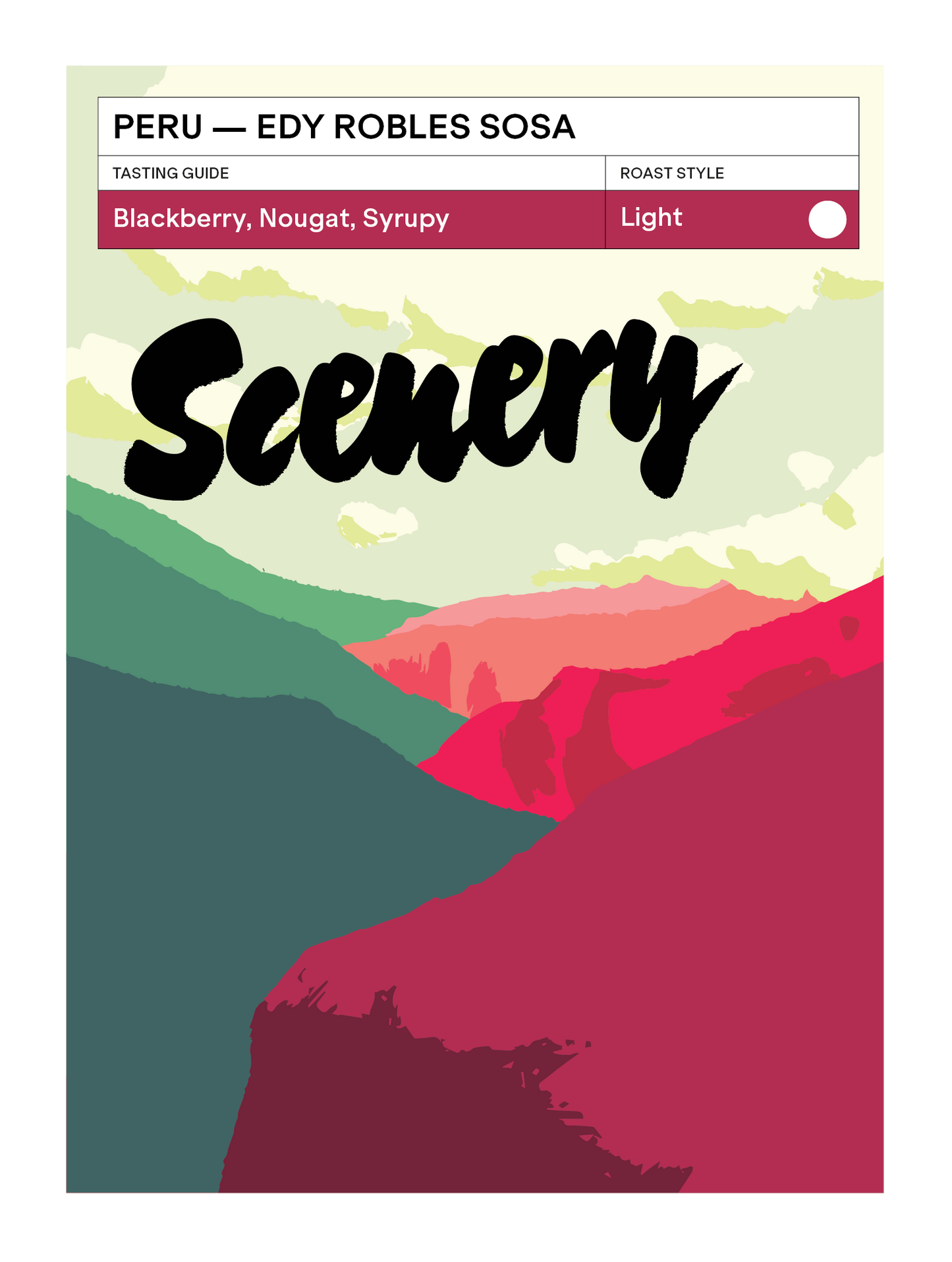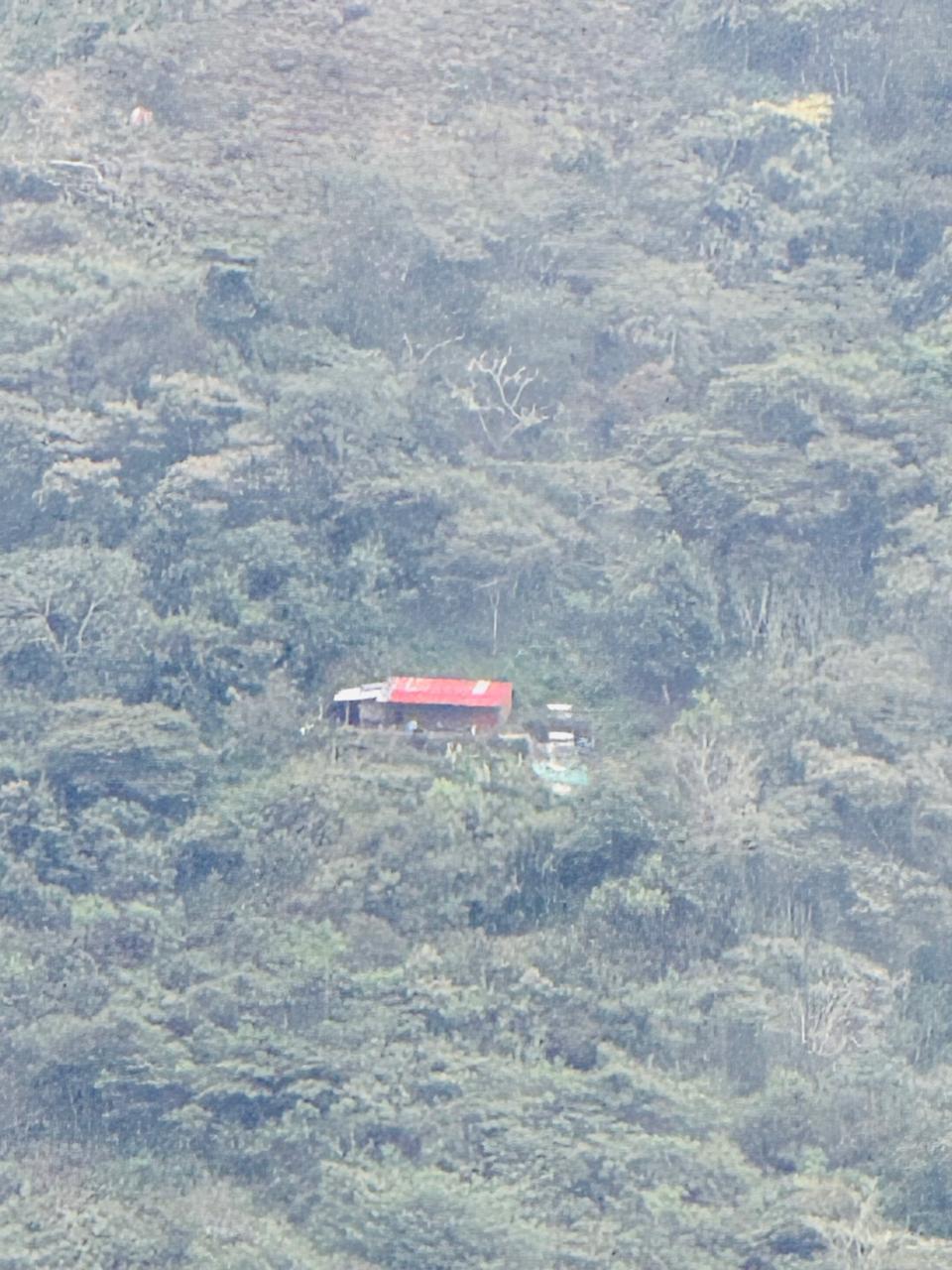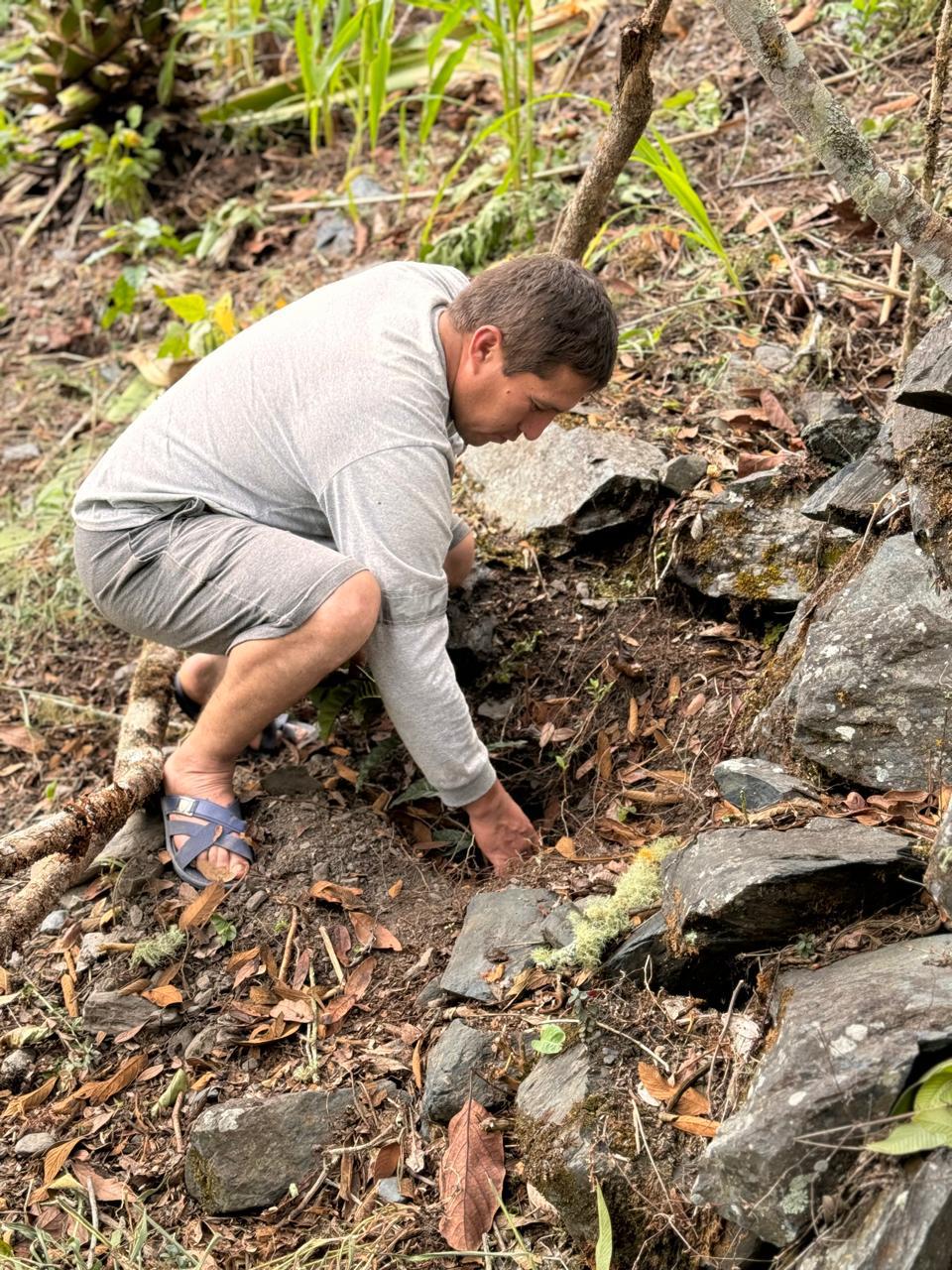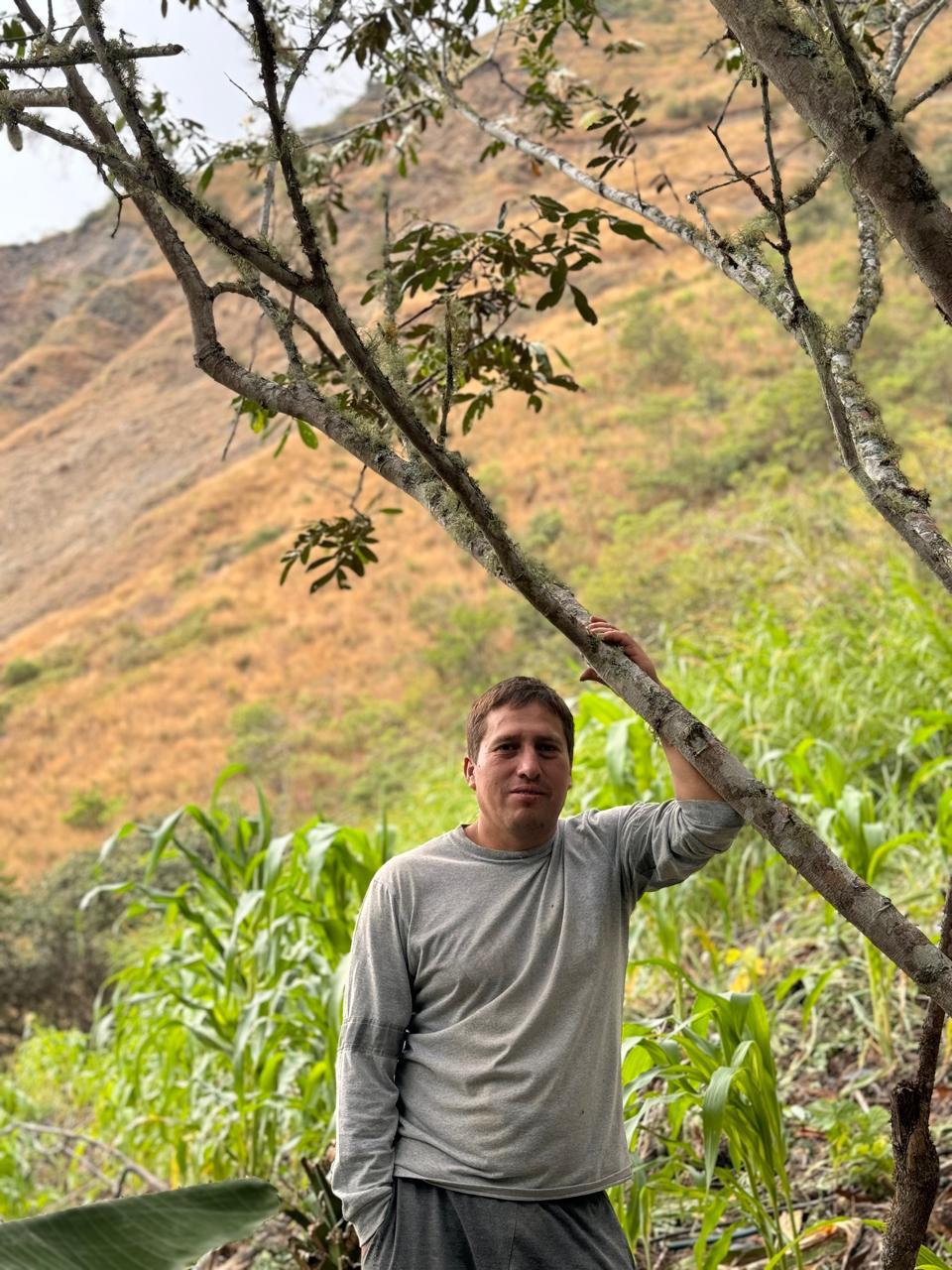




Brew Guide:
Best Brewed with: Filter
Light Roaster Influence: We're finding this coffee needs a smidge more time in the roaster to really open up, focusing on highlighting the dense sweetness the processing imparts.
Best Rested: 2-3 weeks
Filter: 62g/L & 96°C, with rest we like to move down to 64g/L & 93°C
Espresso: Turbo shots + 3 weeks rest. 18g/45g+ & 20s
We’re tasting: Very bright and juicy - lots of malic acidity like a gala apple. Classic Peruvian milk chocolate sweetness, alongside chewy nougat + hazelnut. The processing presents as blackberry jam alongside a hint of tamarind as it cools, without necessarily being funky. Pretty clean overall
Traceability
Country of Origin: |
Peru |
Region: |
San Antonio, Yanatile, Calca, Cusco |
Producer: |
Edy Robles Sosa & his wife |
Farm: |
Yanamonte |
Variety: |
Bourbon |
Elevation: |
1800 MASL |
Process: |
Anoxic Honey: Selectively harvested cherries are washed, sorted, and floaters removed. Cherries undergo a 48-hour anoxic fermentation in GrainPro bags inside sealed timbos, then pulped and fermented for 72 hours at 19°C under shade. Fermentation progress is judged by parchment color and mucilage separation. Dried as a honey on raised beds for 24 days. |
Import Partner: |
Que Onda |
Harvest |
24/25 - Arrived UK: Jan 25 |
The Story
We cast a wider net for fresh crop Peru this year. Evie at Que Onda responded fast, samples landed faster, and here we are. Perfect timing too - landed just as our Central American lots start thinning out.
Peru's coffee story is about tension. For years, cooperatives were the safest route to market for most producers - often the only viable path to export. Community lots meant stability, but individual farms with exceptional quality couldn't capture their full value. Specialty buyers started picking off standout producers, promising better prices for better coffee. Some co-ops adapted, others doubled down on volume.
Now with the C-market at record highs, the math changes again. Bulk production through traditional channels might outpace specialty premiums. Good news for producers still holding stock, less impact for those who already sold cherry or parchment. Next harvest is where it gets interesting - whether these prices push more farms toward volume or create room for both paths to work.
Yanamonte is located at 1800 MASL in San Antonio, Cusco, at the intersection of the Andes and Amazon. The region's natural advantages are significant - high altitude farms, optimal soil conditions, and established bourbon plantings. However, these agricultural benefits are offset by logistical challenges. Remote locations and limited infrastructure make quality control difficult, while distance from ports increases costs throughout the supply chain. Many producers have needed to compromise between quality potential and practical market access. Though transportation networks and processing facilities continue to develop, moving exceptional coffee from these high altitude areas to port remains complex.
Value-added processing represents another way producers can differentiate their coffee and capture additional premiums. Edy and his wife have chosen to focus exclusively on honey processed lots. This specialization, combined with his studies in Ecuador and subsequent modernization of their processing plant, demonstrates a calculated investment in quality. Their commitment to this processing method allows for refinement and consistency across harvests.
The farm itself is traversed by the Qhapaq Ñan, the extensive network of Inca roads that once connected the empire. Just thirty minutes from the farm lies Llactapata Piquillacta, a pre-Inca citadel. This historic infrastructure, which served as the backbone of Tawantinsuyu, now connects a new generation of coffee producers to the international market.
What emerges is a picture of transition. Individual producers finding ways to distinguish themselves within Peru's established coffee infrastructure. Historic trade routes repurposed for modern commerce. Traditional farming knowledge adapted to meet evolving market demands. The barriers to quality-focused production in Peru have been significant, but producers like Edy demonstrate how they can be systematically addressed.
- Choosing a selection results in a full page refresh.
- Opens in a new window.





